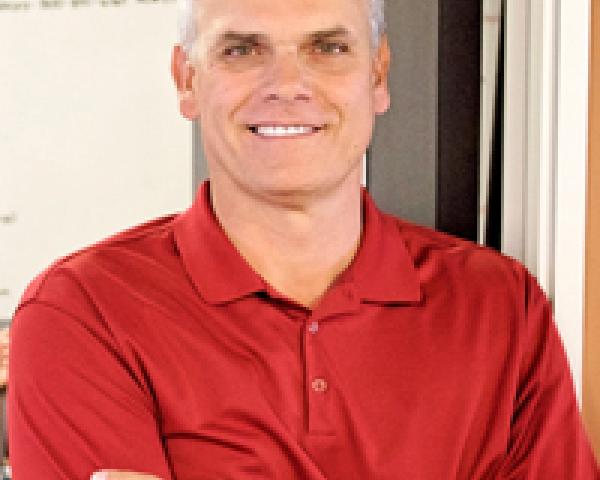Everyone is talking about the dangers of “opioid addiction.” It’s been a topic of conversation among pain management specialists, chiropractors and other healthcare providers for years, but constant news coverage of “opioids” has made it water-cooler talk. Thanks to the media, we’re all experts on the issue.
But here’s the thing: the media – and the public – are missing the point entirely. Even the expression “opioid addiction” is completely off the mark. Because we’re not talking about “opioids” – we’re talking about addiction to heroin derivatives.
“Opioid” is a much safer word than heroin – not nearly as hair-raising or dangerous. But using the word “opioid” is like putting icing on a mud pie – it’s a cover-up at best. And when you make the connection that opioids are actually heroin derivatives, you understand why the addiction has become an epidemic in this country.
The problem, though, is much more sinister than we realize. For one, patients now expect their doctors to prescribe morphine or oxycodone for pain management. Second, there’s money to be made in “opioid addiction.”
See also: Opioids Are the Opiates of the Masses
As reported in
Risk & Insurance, a new study finds that a majority of patients still believe opioids are the most effective remedy for pain. In fact, a full two-thirds of physicians surveyed said their patients expect them to prescribe drugs. And in spite of the highly addictive nature of these drugs, doctors are still influenced by their patients’ expectations.
It gets worse. Despite evidence that oxycodone and morphine are not the most effective medications for pain relief, almost all of the physicians who were surveyed - 98 percent of them – prescribe some form of opioids for pain control. What’s more, the National Safety Council reports that 99 percent of the providers prescribe opioids for longer than the three-day course of treatment the Centers for Disease Control recommends.
Here’s the icing on this mud pie: nearly 90 percent of physicians say they find it difficult to refer patients to treatment for drug abuse or addiction, even when it’s clear their patients need help. It’s a vicious cycle with no easy solution.
Like almost everything in healthcare, we’re overlooking the most important part of the story.
The same doctor who prescribes opioids that lead to addiction can make his best money on the mandatory drug/toxicology testing he performs every month. Many good doctors recognize this as a conflict of interest – they also see that their patients are requiring higher and higher doses to feed their additions – and they intervene in the best interests of their patients. Unfortunately, there are plenty of other physicians who aren’t concerned about scruples. They are perfectly willing to pick up where others leave off. It has become a lucrative, albeit perverse, business model today.
I wish that were the end of it, but we’ve only scratched the surface. The story gets much worse from here. When patients no longer can afford opioids and drug testing (which can cost them $4,000-$10,000 each year), many have resorted to selling a couple of pills on the street in order to cover their costs. In essence, decent, respectable people become law-breaking drug dealers. Some people don’t want to sell their prescription drugs, but still must feed their addiction. Broke and desperate, they buy a cheap, street version of their opioid. This is called heroin.
It’s a trap, and it’s snaring people who never realized they were abusing heroin derivatives. They believed they were treating their pain with safe, physician-recommended oxycodone or morphine. They believe it was their best option for managing their symptoms.
Heroin derivatives are ruining the lives of good, hardworking people across the country. In recent months, I saw the horror firsthand when heroin overdoses stole the lives of two young men in my community – men with their whole lives in front of them. They weren’t your stereotypical druggies – they were addicted to pain meds.
See also: How to Help Reverse the Opioid Epidemic
I believe addiction to heroin derivatives is far worse than anyone realizes. Someone must throw a wrench in a problem that’s wreaking havoc on families and entire communities. Here’s how Redirect Health is addressing the issue:
1.
Strike “opioids” from the discourse: Never call these highly addictive prescriptions “opioids” or “pain killers.” Instead, call them “heroin derivatives,” because if it walks like a duck and it talks like a duck…
Far fewer people will want to start taking these drugs if they understand they’re a form of heroin. Simply changing the semantics will also give providers pause; they won’t be so quick to prescribe heroin derivatives.
2.
Provide alternative forms of pain relief: We make it easy and affordable ($0 copays) for people to access other, safer and more effective pain management services. Our chiropractors and primary care physicians work together to help members with practical and customized virtual rehabilitation programs that don’t cost a penny out-of-pocket, don’t require them to miss work, and will provide a long-term, tenable solution to managing their pain.
It’s common sense, but not commonly done.

